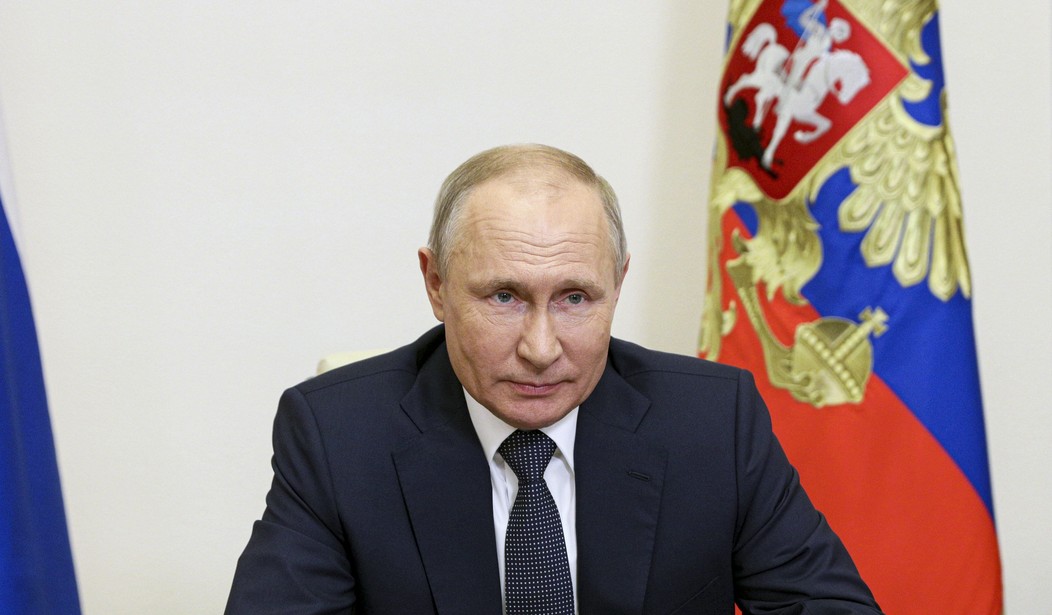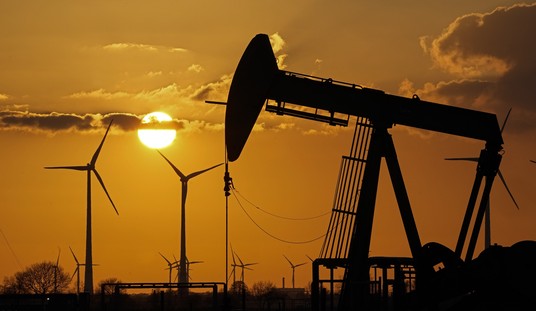I have no deep thoughts about this but wanted to put it on your radar because it’s quietly become one of the worst sustained outbreaks on Earth. Except, unlike the other infamously bad COVID surges around the globe — India, Brazil, the U.S. of A. — it’s happening after nearly a year of having a highly effective vaccine widely available.
What Russia’s enduring simply shouldn’t be possible at this late(?) stage of the pandemic. It takes a special mix of public apathy, anti-vaxxism, and prideful authorities not wanting to adopt western measures of COVID control to make it feasible.
And, Russia being Russia, no one knows just how bad the situation is. They’ve been cooking their books for months but even the cooked books show a frightening surge. I’m reluctant to even call it a surge, frankly, since “surge” implies cases and deaths rising and then falling. The “falling” part hasn’t happened in Russia for months.
Check out this case curve, if that’s what you want to call it:

Apart from a mild reprieve between mid-July and September, cases in Russia begin rising in early June and still haven’t eased off five months later. The death curve is even more ludicrous:

Daily deaths doubled between mid-June and mid-July and then mysteriously just sort of hovered at almost exactly 800 deaths per day, day after day after day. That’s not how viruses work, of course; it’s how propagandists work. Someone high up evidently decided in July that the official count was going to be no more than 800 daily, and so that’s where it stood. For two months, without exception.
Until cases started rising again in late September, that is. Why Russia felt obliged to make its obviously phony numbers look worse is unclear to me. What’s the point of cooking the books if not to cover up a deepening crisis? All I can think is that the reality of COVID on the ground there had deteriorated to such an obvious degree by late September that even the government felt obliged to acknowledge that reality somehow in its “official” data. The bottom line: Daily deaths now stand just shy of 1,200 per day, the worst of the pandemic for Russia, despite the fact that its Sputnik vaccine — which works well — has been on the market for almost 12 months.
I wrote about Russia fudging its COVID numbers back in July, when the chicanery had already become obvious. Presumably out of fear of embarrassing Moscow, local authorities frequently categorize obvious COVID deaths as deaths from unspecified “pneumonia” instead. Officially Russia has seen 250,000 deaths from COVID since the start of the pandemic. Unofficially, though — hoo boy:
Russia become the world leader in coronavirus deaths last week for the first time since the start of the pandemic.
With 8,311 deaths registered by the World Health Organization (WHO) during the week of Nov. 1-7, Russia passed the United States in absolute figures…
A Moscow Times analysis of the most recently available official statistics placed Russia’s excess death toll since the start of the pandemic — and before the latest and deadliest wave of the virus — at 723,350.
That excess deaths total is on par with COVID deaths in the U.S. despite Russia having far less than half of our population. Another estimate in June of this year found 475,000 excess deaths in Russia to that point of the pandemic, meaning that the country may have seen as many as a quarter million more fatalities in just the past five months.
Why can’t Russia get COVID under control? For starters, their vaccination effort is one of the biggest debacles of the pandemic:

A 40 percent vax rate makes the U.S. look good by comparison. Russia is a country with low social trust, where the people have a million different reasons to distrust their government, and that’s coming back to haunt them now in the form of vaccine refusal. Worse, I remember reading a few months ago how Russian media promoted disinformation about western vaccines after Pfizer and Moderna began rolling out their products. Evidently Russian viewers took those lessons to heart, avoiding getting vaccinated themselves. As a result authorities in St. Petersburg just made vaccination a requirement for all adults 60 and over as well as people with chronic illnesses in order to increase uptake. Vaccine skepticism is so prevalent that they’re forced to mandate the vaccine *even for at-risk senior citizens.*
Their non-pharmaceutical mitigation measures are half-assed too. The Russian government avoided lockdowns for much of the pandemic, not wanting to emulate western tactics, but Putin recently announced a nationwide shutdown in which workers would stay off the job from October 30 to November 7 in the interest of reducing transmission. Except … workers weren’t asked to stay home during that period. Per Reuters, “there was nothing to stop them socialising or travelling in Russia or abroad. Travel agents reported a boom in people flying off on foreign beach holidays.” Go figure that we’re now three days beyond the end of the shutdown and cases have fallen only marginally:
“For now we cannot say with confidence that the situation has stabilised and the infection rate is declining,” Deputy Prime Minister Tatyana Golikova told a government meeting…
Murashko told parliament on Wednesday that oxygen reserves at hospitals in 12 of Russia’s regions would last for two days or less, unless they were replenished…
The government coronavirus task force reported 38,058 new COVID-19 cases across the country, including 3,927 in Moscow, in the past 24 hours. New daily cases have retreated slightly in the past four days after hitting a peak of 41,335 on Saturday.
What does all of this mean for the U.S. and other countries?
Maybe nothing. Again, Russia’s vaccination rate is scandalously low. Countries with a higher percentage of the population vaxxed may have experienced their last major surge of cases. But … who would want to bet the mortgage on that?
1/ We should look carefully at what's happening in Europe right now, in countries like Germany, which are experiencing a big surge in COVID cases despite high rates of vaccination:https://t.co/mtMVA0qj7b pic.twitter.com/YvnLtPzmaP
— Céline Gounder, MD, ScM, FIDSA (@celinegounder) November 10, 2021
I think the US needs to look at what happens in Europe right now. We need to increase our vaccination rates or we will soon be in a situation similar to what Central and Eastern Europe face at the moment. https://t.co/Rr4OAClX0w pic.twitter.com/QnmXG89lzc
— Florian Krammer (@florian_krammer) November 10, 2021
I don’t know the amount of vaccinations we need to have it end here, but we’re not there.
Russia has 1/3 of the country vaccinated. And it’s not pretty.
Denmark has 70% and it’s not enough. 3/ pic.twitter.com/zDwmGs47fM
— Andy Slavitt 🇺🇸💉 (@ASlavitt) November 10, 2021
The U.S. has a smaller share vaccinated than those countries do, although maybe not a smaller share with overall immunity. Either way, the good news is that Germany and Denmark are both seeing a relatively small number of deaths relative to the major surges they had this past winter, before vaccination was available. What we’re destined for in America, in all likelihood, is a two-track pandemic in which states with European-level vaccination rates see cases surge sharply while deaths rise only modestly while states with Russia-style vaccination rates see deaths rise sharply along with cases. We’ll know in three months.







Join the conversation as a VIP Member